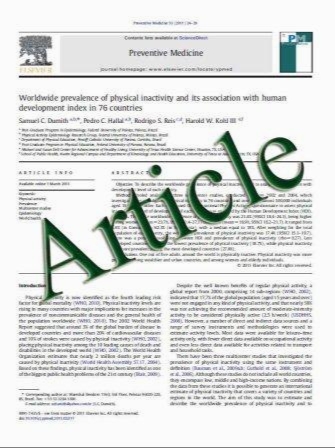The Lombrosian prejudice in medicine. The case of Epilepsy. Epileptic psychosis. Epilepsy and aggressiveness
- نوع فایل : کتاب
- زبان : انگلیسی
- مؤلف : Enrico Granieri • Patrik Fazio
- چاپ و سال / کشور: 2011
Description
In the nineteenth century, epilepsy became subject of experimental research. Lombroso established a relationship between epilepsy and criminality believing in the existence of epileptoid traits and atavism. He tried to demonstrate the common origin of epilepsy, criminality, and genius; factors deteriorating the CNS would act upon centers, which control behavior and ethics. This impairment would cause a lack of control on the lower nervous centers, reducing restraints of instincts and criminal behavior. He described developmental frontal cortex lesions in epileptic patients (today Taylor’s dysplasia) and these observations supported the erroneous conviction of a relationship between criminality and epilepsy. Neurological, behavioral, and criminological sciences analyzed Lombroso’s doctrine, whereas it was controversial that epileptic patients should be prone to violent actions and aggressive behavior. Today, there is an international panel of experts on epilepsy, which suggests five relevant criteria to determine if a crime committed with aggressiveness could result from epileptic seizures.
Neurol Sci DOI 10.1007/s10072-011-0568-6 Received: 15 November 2010 / Accepted: 19 March 2011


